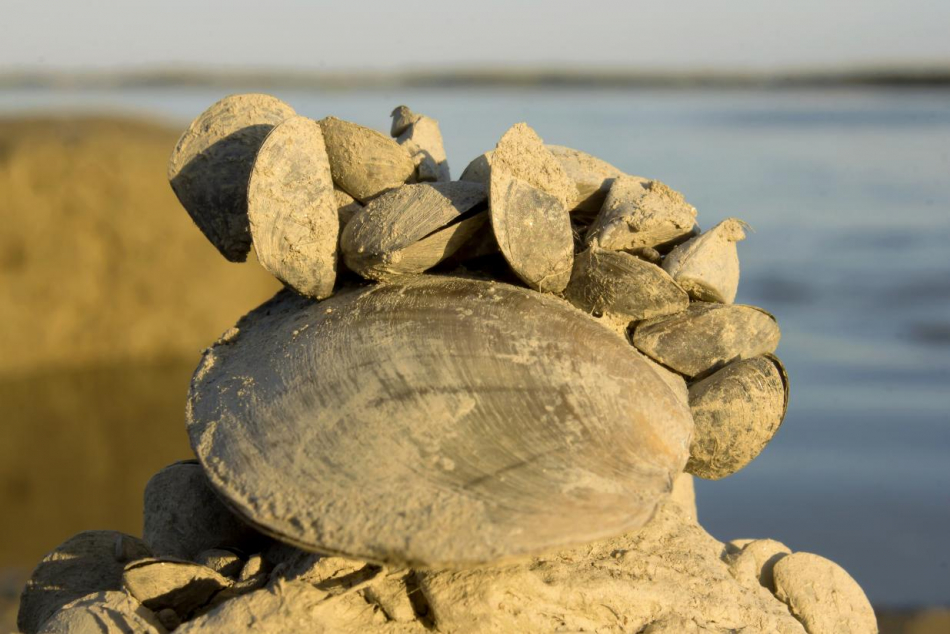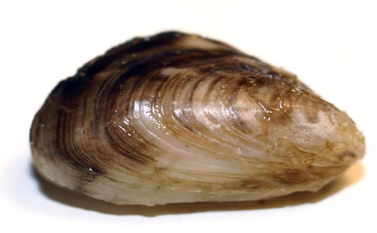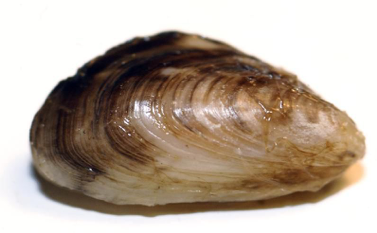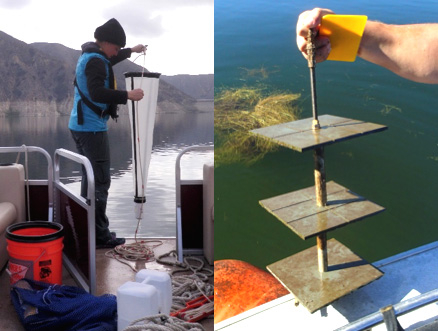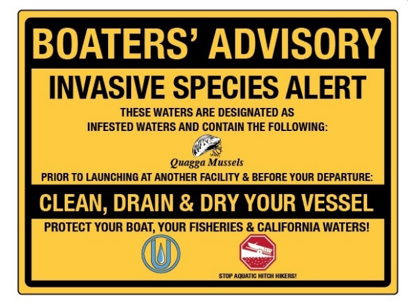Following SLN registration, the next step is to prepare a detailed molluscicide treatment plan for eradication implementation, which will serve as the project description for a subsequent CEQA review of the proposed project. If the eradication effort Is Implemented, then Catalyst will lead the efforts to obtain all required permits and authorizations from Federal, State, and Local agencies for eradication implementation. This would involve an interdisciplinary consultant team and coordinating with USEPA, USACE, CalEPA, CDPR, CDFW, and National Marine Fisheries Service on this first-of-its-kind project.
Invasive species management, environmental planning and permitting, and ecological risk assessment
